Home>Furniture & Design>Interior Design Trends>How To Seal Cracked Glass
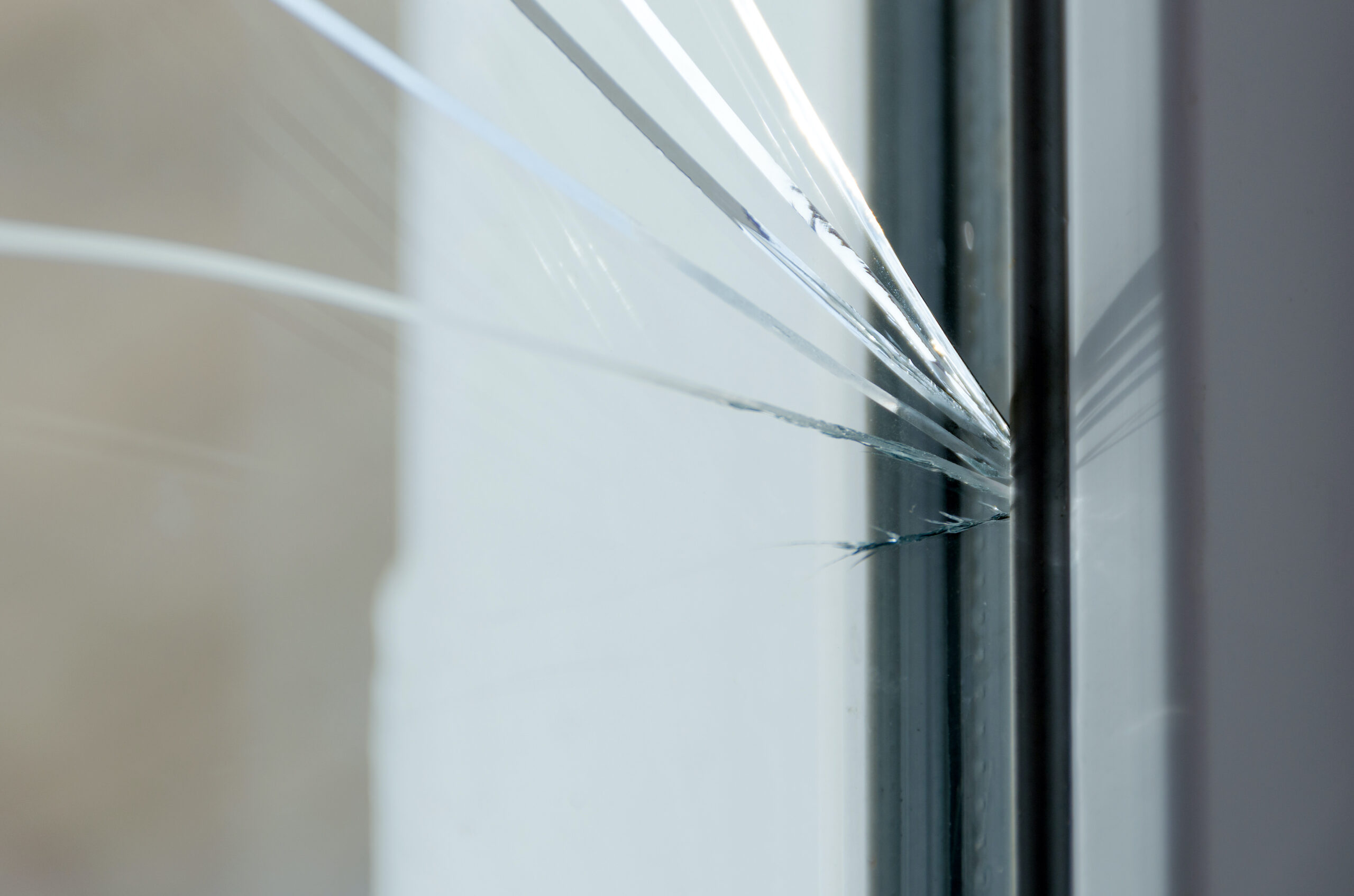

Interior Design Trends
How To Seal Cracked Glass
Published: February 5, 2024
Learn how to seal cracked glass and keep up with the latest interior design trends. Find out the best techniques for sealing cracked glass in your home.
(Many of the links in this article redirect to a specific reviewed product. Your purchase of these products through affiliate links helps to generate commission for Storables.com, at no extra cost. Learn more)
Introduction
Cracked glass can be a frustrating and unsightly issue in any home or office. Whether it's a small crack in a window or a noticeable fracture in a glass tabletop, addressing the problem promptly is essential to prevent further damage and maintain the aesthetic appeal of the space. Fortunately, with the right tools, materials, and techniques, sealing cracked glass can be a manageable task for DIY enthusiasts and homeowners.
In this comprehensive guide, we will delve into the causes of cracked glass, the essential tools and materials needed for the sealing process, and a step-by-step walkthrough to effectively seal cracked glass. Additionally, we will explore valuable tips for preventing future cracks, empowering you to safeguard your glass surfaces and fixtures against potential damage.
By gaining a deeper understanding of the underlying causes of cracked glass and acquiring the necessary skills to address this issue, you can enhance the longevity and visual appeal of your glass elements. Let's embark on this journey to master the art of sealing cracked glass and elevate the functionality and aesthetics of your living or working space.
Key Takeaways:
- Sealing cracked glass requires safety gear, specific tools, and quality sealants. Understanding the causes of cracks and proactive prevention can help maintain the longevity of glass surfaces.
- By following a step-by-step guide and implementing preventive tips, individuals can effectively repair and safeguard glass surfaces. This empowers them to preserve the beauty and functionality of their living or working spaces.
Read more: How To Fix A Crack In Glass
Understanding the Causes of Cracked Glass
Cracked glass can result from various factors, and understanding these causes is crucial in effectively addressing the issue. One common cause is thermal stress, which occurs when glass is subjected to rapid temperature changes. For instance, exposure to direct sunlight followed by sudden cooling from air conditioning can lead to thermal stress, causing the glass to crack. Similarly, placing hot objects on cold glass surfaces or vice versa can induce thermal stress, leading to cracks.
Another prevalent cause of cracked glass is impact or physical force. Accidental collisions, such as a heavy object falling onto a glass tabletop or a window being struck by a projectile, can result in visible cracks. Additionally, improper installation or handling of glass elements during construction or renovation projects can create structural weaknesses, making the glass susceptible to cracking over time.
In some cases, inherent flaws in the glass, such as manufacturing defects or impurities, can contribute to cracking. These flaws may not be immediately apparent but can manifest as cracks under certain conditions or over time due to environmental factors and usage.
Furthermore, structural movement or settling within a building can exert pressure on glass components, leading to stress fractures. This is particularly common in older structures or buildings located in seismic zones where the constant shifting of the ground can impact the integrity of glass surfaces.
It's important to note that identifying the specific cause of cracked glass is essential for implementing the most suitable repair or prevention measures. By recognizing the underlying factors contributing to the issue, individuals can take proactive steps to address the root cause and mitigate the risk of future cracks, ensuring the longevity and integrity of their glass installations.
Tools and Materials Needed
Sealing cracked glass requires the use of specific tools and materials to ensure a successful and durable repair. By assembling the following items, you can effectively address the cracks and restore the integrity of the glass surface:
Tools:
-
Safety Gloves and Goggles: Prioritize safety by wearing protective gloves and goggles to shield your hands and eyes from glass shards and potential splinters during the repair process.
-
Glass Cleaner and Lint-Free Cloth: Thoroughly clean the cracked area using a high-quality glass cleaner and a lint-free cloth to remove any dirt, debris, or residues that could interfere with the sealing process.
-
Razor Blade or Glass Scraper: A razor blade or glass scraper is essential for carefully removing any loose glass particles or adhesive remnants from the cracked area, ensuring a smooth and clean surface for the sealing compound.
-
Masking Tape: Use masking tape to create a boundary around the cracked section, preventing the sealing compound from spreading onto unaffected areas and facilitating a precise application.
-
Sealing Compound Applicator: Depending on the type of sealing compound chosen, an applicator such as a syringe or specialized nozzle may be required to apply the sealant evenly and accurately into the crack.
-
Clamps or Support Braces: For larger cracks or structural repairs, clamps or support braces may be necessary to hold the glass in place during the sealing process, ensuring proper alignment and adhesion of the sealant.
Materials:
-
Glass Sealant or Epoxy: Select a high-quality glass sealant or epoxy specifically designed for repairing cracks in glass. Ensure that the chosen product offers strong adhesion, weather resistance, and transparency to seamlessly blend with the glass surface.
-
Primer (if applicable): In some cases, a primer may be required to enhance the bonding strength of the sealing compound, especially when dealing with certain types of glass or severe cracks.
-
Fine-Grit Sandpaper: If recommended by the sealant manufacturer, fine-grit sandpaper can be used to lightly sand the cracked area, promoting better adhesion and ensuring a smooth finish after the repair.
-
Rubbing Alcohol: Use rubbing alcohol to thoroughly clean the cracked area before applying the sealant, removing any remaining contaminants and residues for optimal adhesion.
By gathering these essential tools and materials, you can embark on the process of sealing cracked glass with confidence, knowing that you are equipped with everything needed to execute a professional and long-lasting repair.
Read more: How To Repair Glass Cracks
Step-by-Step Guide to Sealing Cracked Glass
-
Prepare the Surface: Begin by wearing safety gloves and goggles to protect yourself from glass particles. Clean the cracked area using a glass cleaner and a lint-free cloth to ensure a pristine surface for the repair. Use a razor blade or glass scraper to remove any loose glass particles or adhesive remnants, and then apply masking tape around the crack to contain the sealing compound.
-
Select the Sealant: Choose a high-quality glass sealant or epoxy specifically formulated for repairing cracks in glass. Ensure that the selected product offers strong adhesion, weather resistance, and transparency to seamlessly blend with the glass surface.
-
Apply the Sealant: If recommended by the sealant manufacturer, lightly sand the cracked area with fine-grit sandpaper to promote better adhesion. Thoroughly clean the area with rubbing alcohol to remove any remaining contaminants. Use the sealing compound applicator, such as a syringe or specialized nozzle, to apply the sealant evenly and accurately into the crack. For larger cracks or structural repairs, consider using clamps or support braces to hold the glass in place during the sealing process.
-
Allow for Curing: After applying the sealant, allow sufficient time for it to cure as per the manufacturer's instructions. This typically involves letting the sealant dry and set for a specified duration to ensure optimal adhesion and durability.
-
Remove Excess Sealant: Once the sealant has cured, carefully remove the masking tape and use a razor blade or glass scraper to eliminate any excess sealant that may have spread beyond the cracked area. Ensure a clean and seamless finish by gently smoothing the repaired section with a lint-free cloth.
-
Inspect and Test: After completing the sealing process, inspect the repaired area to ensure that the crack is effectively sealed and the glass surface appears uniform. Test the integrity of the repair by gently tapping the sealed area and verifying that it remains stable and secure.
By following this step-by-step guide, you can effectively seal cracked glass, restoring its structural integrity and visual appeal. With the right tools, materials, and techniques, you can achieve a professional-quality repair, enhancing the longevity and functionality of your glass surfaces.
Use clear nail polish to seal small cracks in glass. Apply a thin layer over the crack and let it dry completely. This will help prevent the crack from spreading.
Tips for Preventing Future Cracks
Preventing future cracks in glass surfaces involves proactive measures and mindful practices to safeguard against potential damage. By implementing the following tips, individuals can minimize the risk of cracks and preserve the integrity of their glass installations for the long term.
-
Avoid Sudden Temperature Changes: Glass is susceptible to thermal stress caused by rapid temperature fluctuations. To prevent cracks, minimize sudden changes in temperature around glass surfaces. For instance, avoid placing hot cookware directly onto cold glass countertops and ensure that glass windows are not exposed to direct sunlight followed by abrupt cooling from air conditioning.
-
Use Protective Pads and Supports: When placing heavy objects on glass tabletops or shelves, utilize protective pads or coasters to distribute the weight and minimize pressure points. Additionally, consider using support braces or stands for larger glass panels to reduce the risk of structural strain and potential cracks.
-
Regular Maintenance and Inspection: Conduct routine inspections of glass surfaces to identify any signs of wear, stress, or damage. Address minor issues promptly to prevent them from escalating into larger cracks. Keep glass elements clean and free from debris, as accumulated dirt and particles can exacerbate stress on the surface.
-
Proper Installation and Handling: Ensure that glass elements are installed and handled with care, following industry best practices and guidelines. Improper installation, excessive force during handling, or structural misalignment can create vulnerabilities in the glass, making it more prone to cracking over time.
-
Choose High-Quality Glass Products: When selecting glass for construction or renovation projects, opt for high-quality, tempered glass that is designed to withstand environmental stressors and physical impact. Investing in durable glass materials can significantly reduce the likelihood of cracks and enhance the resilience of glass surfaces.
-
Address Structural Instabilities: In buildings or homes experiencing structural movement or settling, take proactive measures to address the underlying causes and mitigate the impact on glass components. Consulting with structural engineers or professionals can help identify and resolve potential issues that may lead to glass fractures.
-
Educate Household Members and Visitors: Raise awareness among household members, guests, and employees about the fragility of glass surfaces and the importance of handling them with care. Encourage mindful behaviors, such as gently closing glass doors and cabinets, to minimize the risk of accidental impact and potential cracks.
By incorporating these preventive tips into daily practices and maintenance routines, individuals can fortify their glass surfaces against common stressors and minimize the likelihood of future cracks. Proactive care and thoughtful handling can significantly extend the lifespan of glass elements, preserving their functionality and aesthetic appeal for years to come.
Conclusion
In conclusion, the process of sealing cracked glass encompasses a blend of practical knowledge, meticulous preparation, and the application of specialized tools and materials. By understanding the diverse causes of cracked glass, individuals can tailor their repair approach to effectively address the specific factors contributing to the issue. Whether it's mitigating thermal stress, addressing structural vulnerabilities, or rectifying impact-related damage, a comprehensive understanding of the root causes empowers individuals to execute targeted and enduring repairs.
The step-by-step guide to sealing cracked glass provides a structured framework for navigating the repair process with confidence and precision. From surface preparation and sealant selection to application techniques and post-repair inspection, each step plays a pivotal role in achieving a seamless and durable repair. By adhering to these guidelines, individuals can elevate their proficiency in glass repair, fostering a sense of self-reliance and resourcefulness in maintaining their living or working spaces.
Furthermore, the proactive tips for preventing future cracks serve as a proactive roadmap for safeguarding glass surfaces against potential damage. By integrating mindful practices, informed decision-making, and routine maintenance into their approach, individuals can fortify their glass installations and minimize the risk of future cracks. This preventive mindset not only enhances the longevity of glass elements but also cultivates a culture of care and responsibility, fostering a harmonious coexistence with glass surfaces in everyday environments.
Ultimately, the journey of sealing cracked glass transcends mere repair; it embodies a commitment to preservation, resilience, and the art of harmonizing functionality with aesthetics. As individuals embark on this journey, they embrace the role of stewards, nurturing the integrity and allure of glass surfaces within their spaces. Through knowledge, preparation, and a proactive ethos, they embark on a path of empowerment, equipped to conquer challenges and preserve the timeless allure of glass in their surroundings.
In essence, the art of sealing cracked glass is a testament to the enduring bond between individuals and their living or working environments. It encapsulates the fusion of practical expertise, creative problem-solving, and a reverence for the intrinsic beauty of glass. By mastering this art, individuals not only restore the structural integrity of glass surfaces but also cultivate a deeper appreciation for the resilience and elegance embodied by this versatile material.
Frequently Asked Questions about How To Seal Cracked Glass
Was this page helpful?
At Storables.com, we guarantee accurate and reliable information. Our content, validated by Expert Board Contributors, is crafted following stringent Editorial Policies. We're committed to providing you with well-researched, expert-backed insights for all your informational needs.
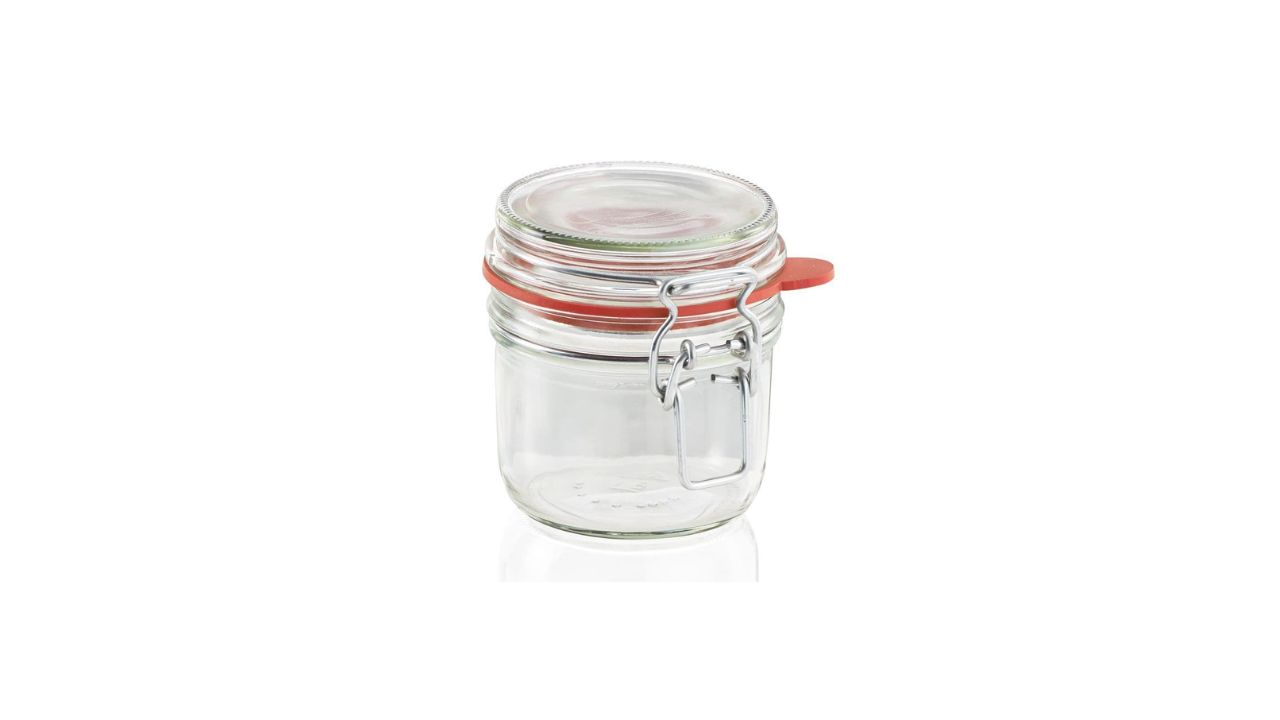

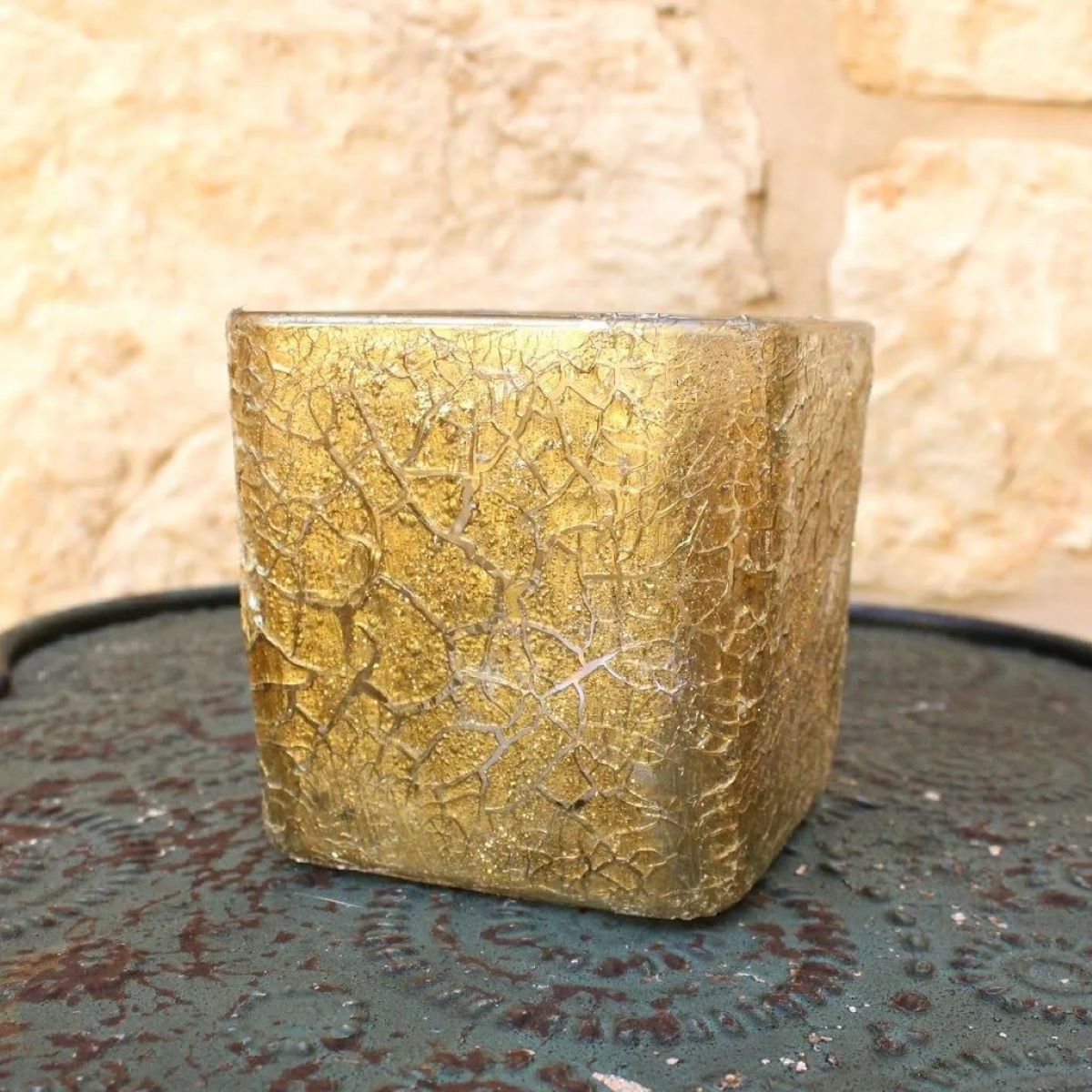
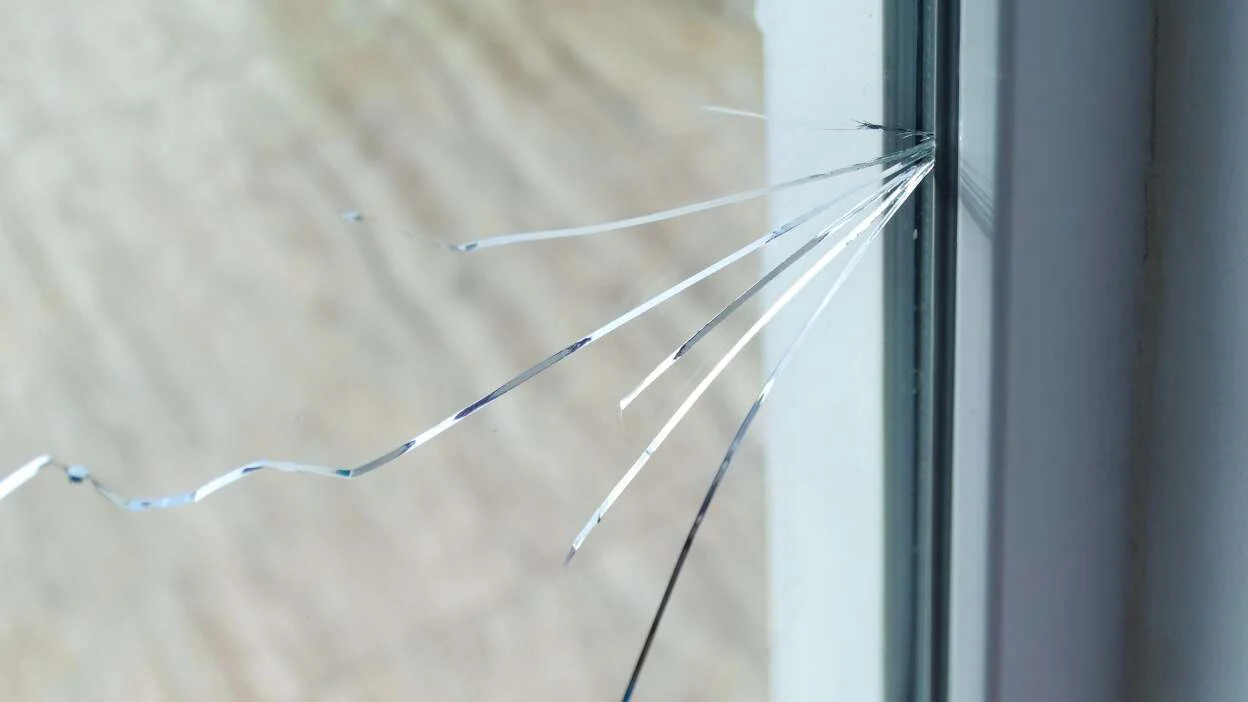
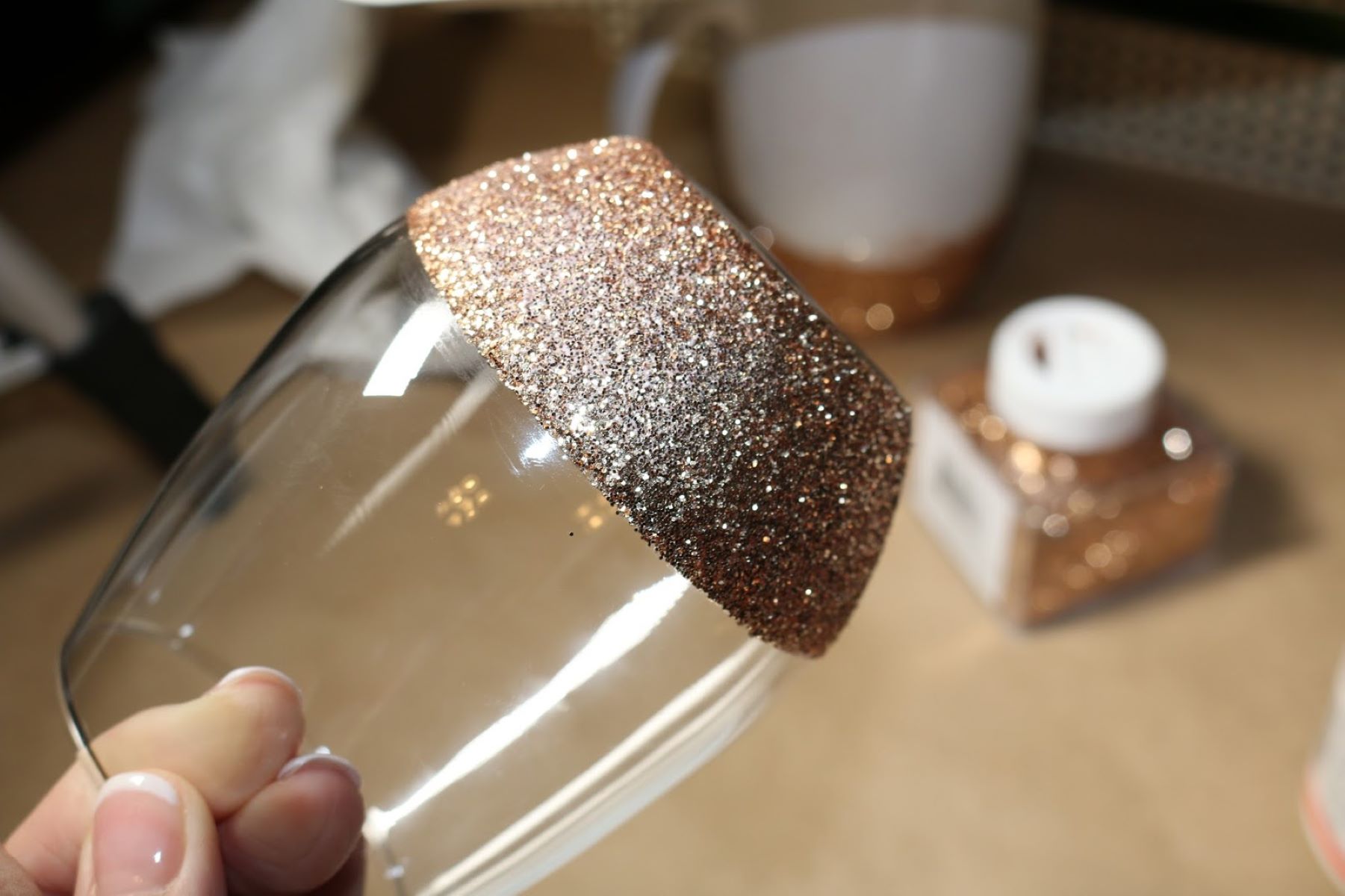

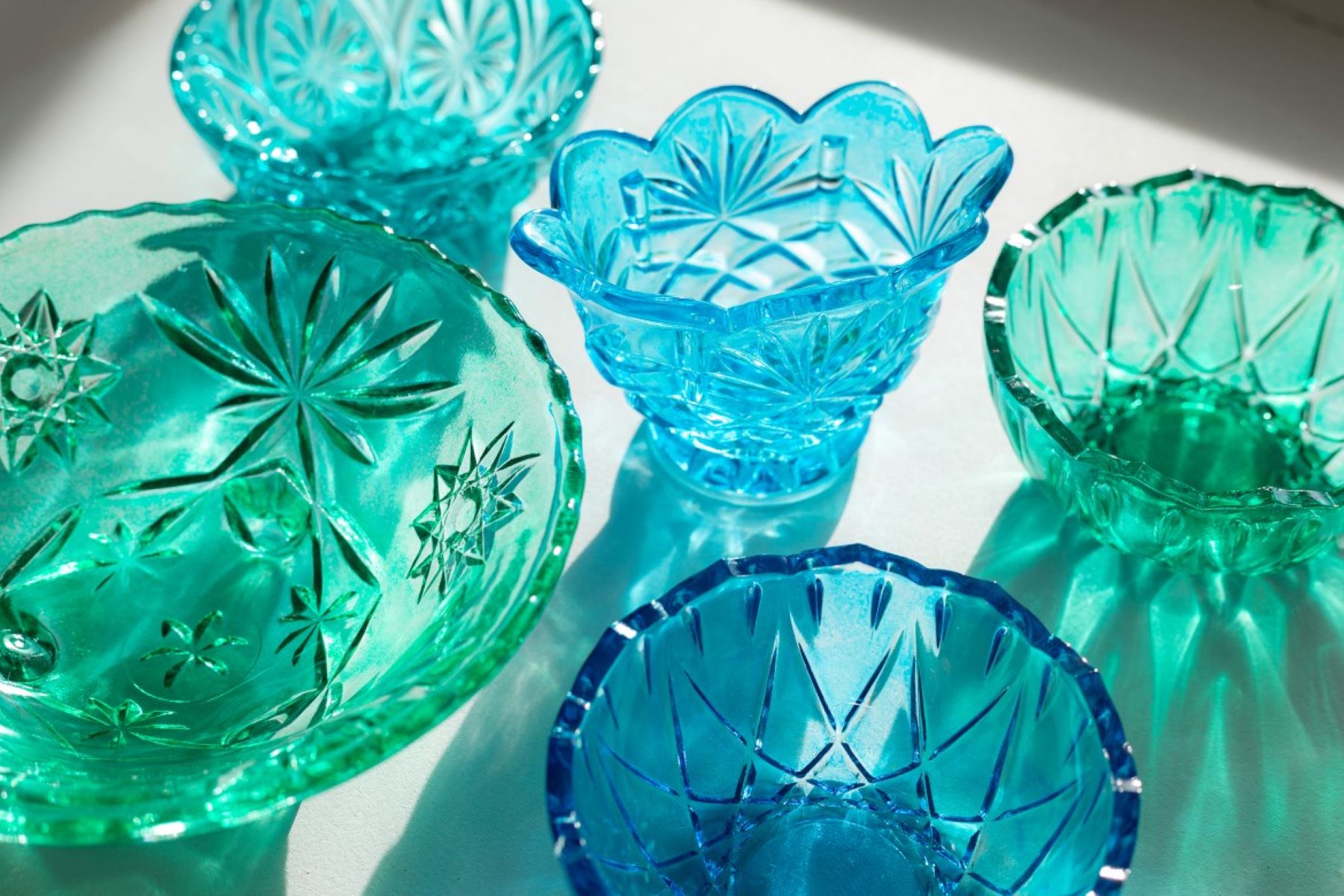
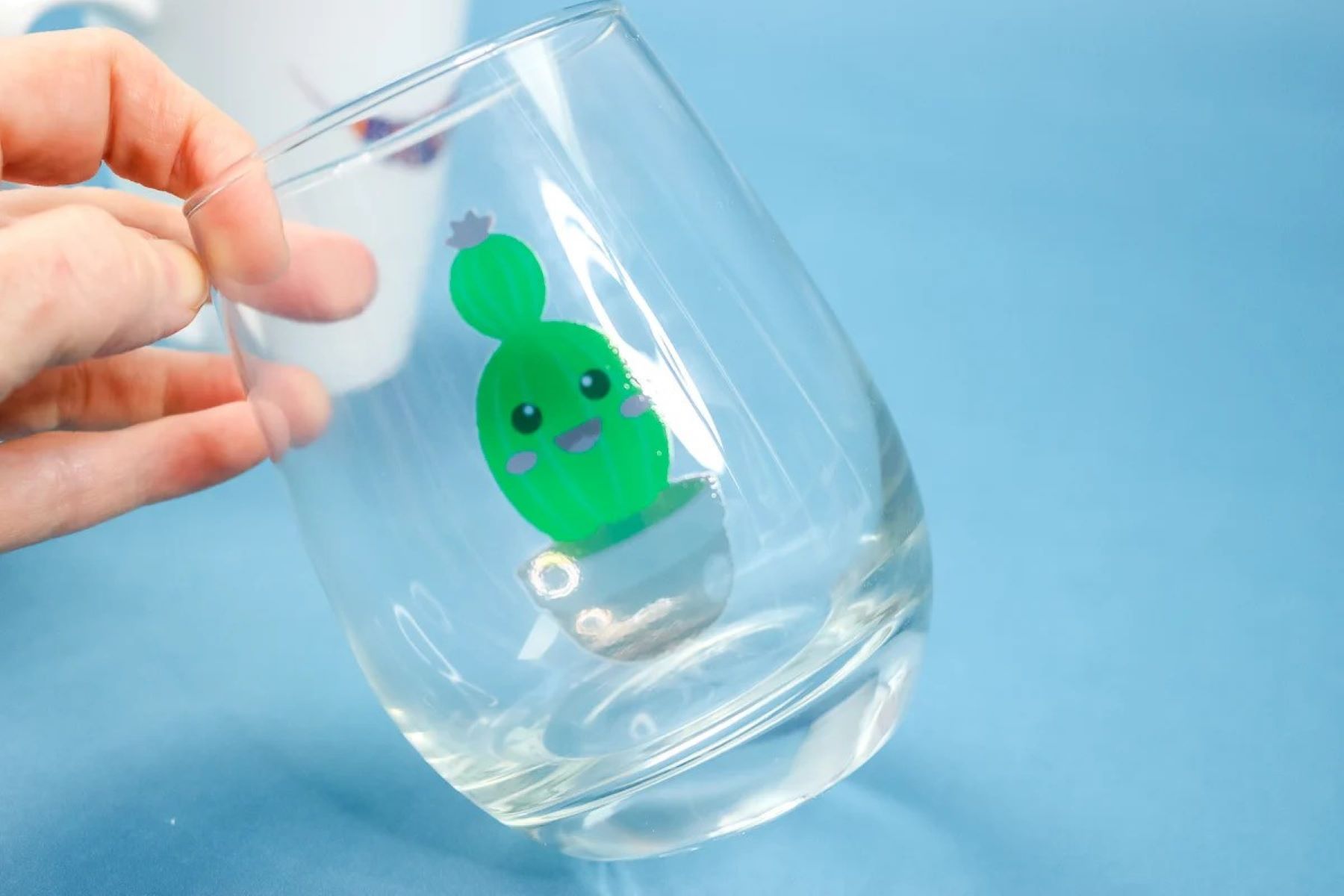
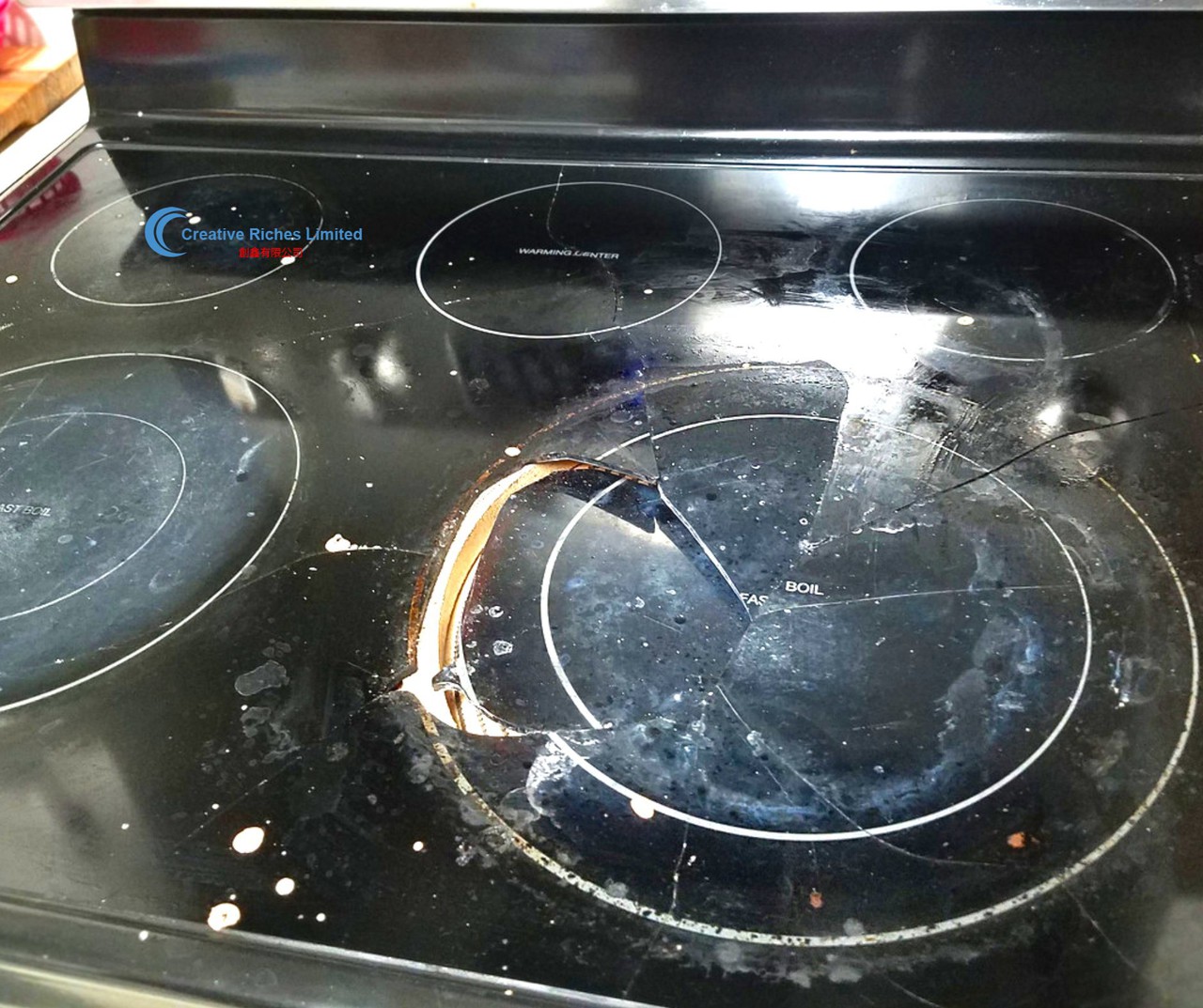
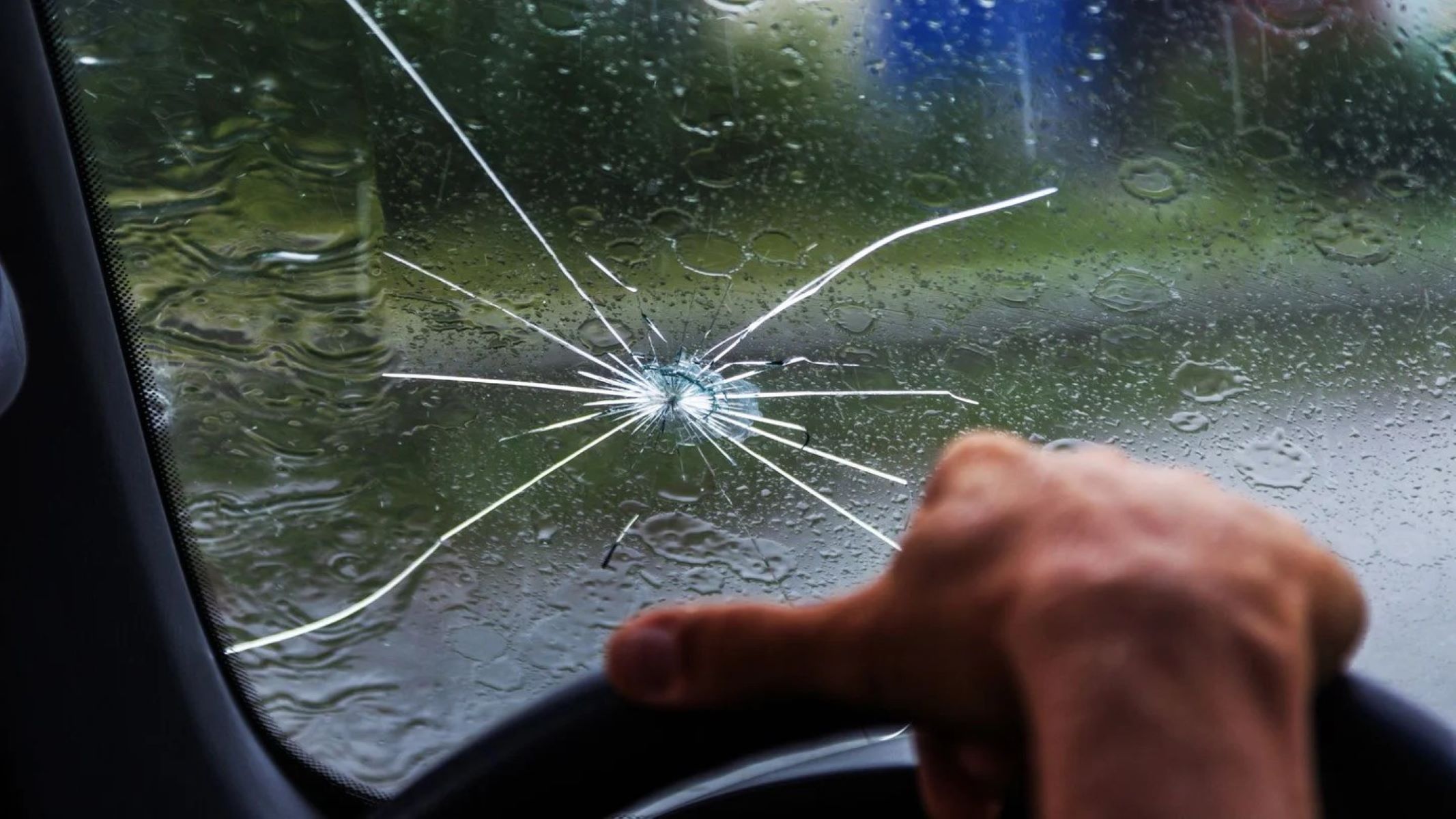
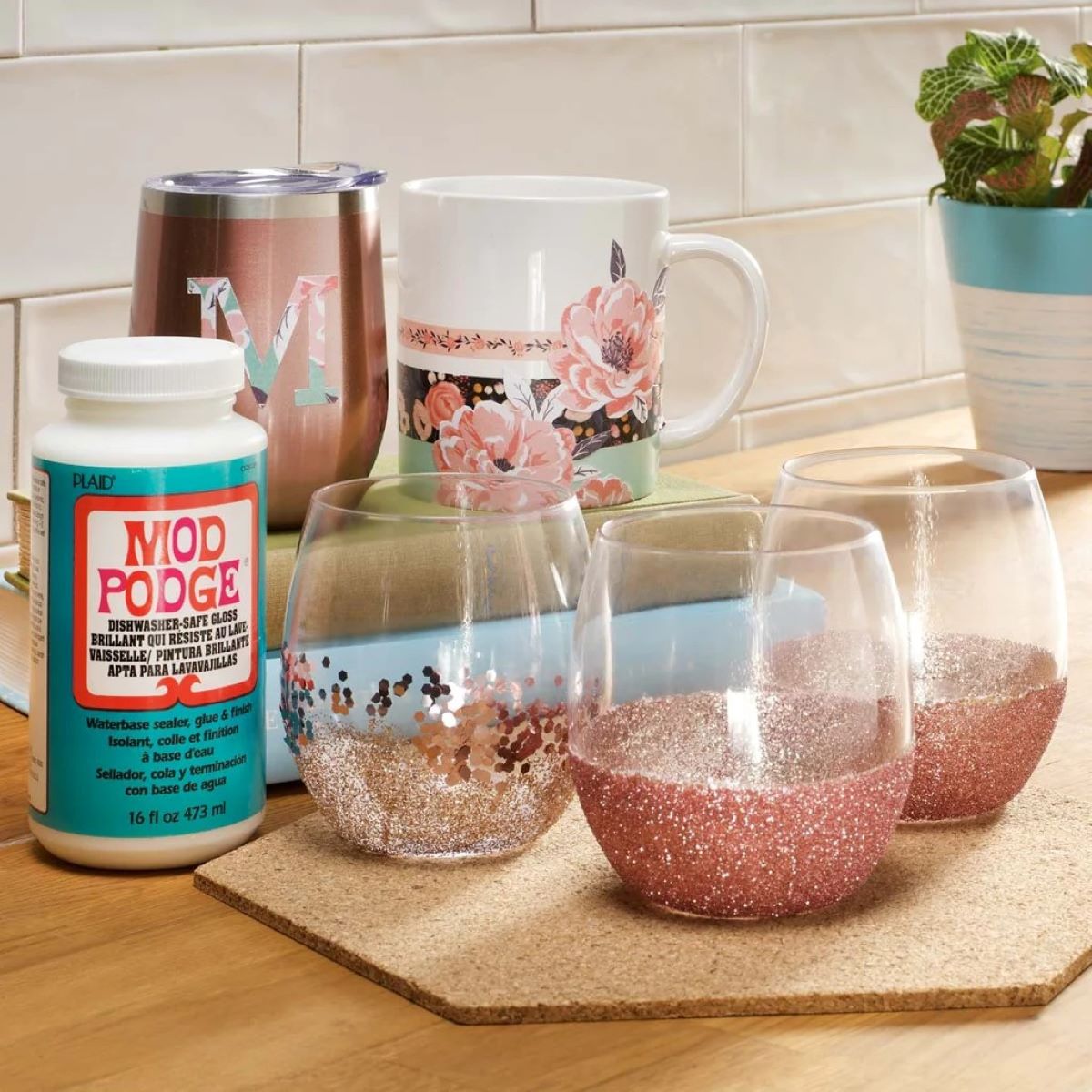
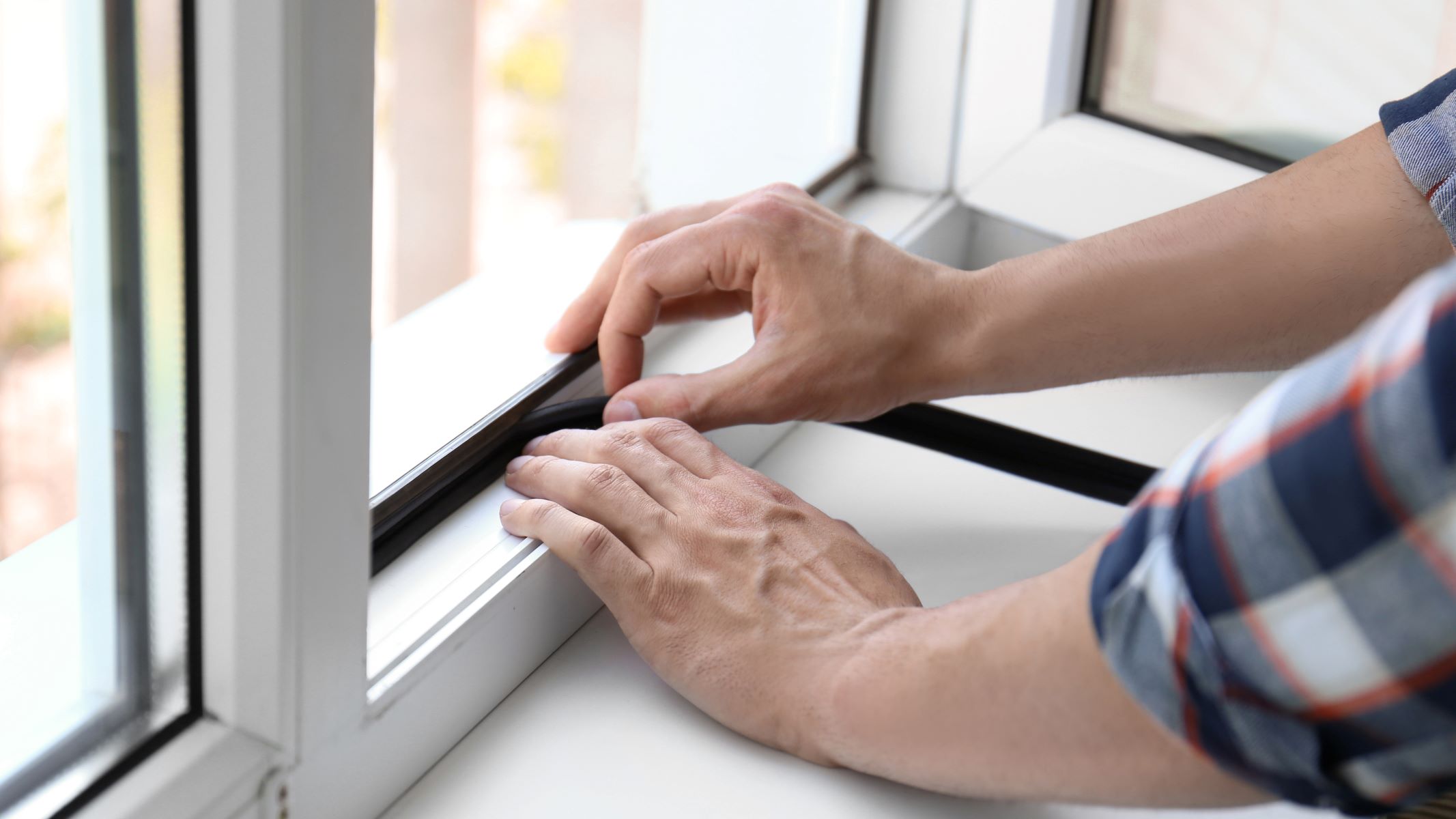
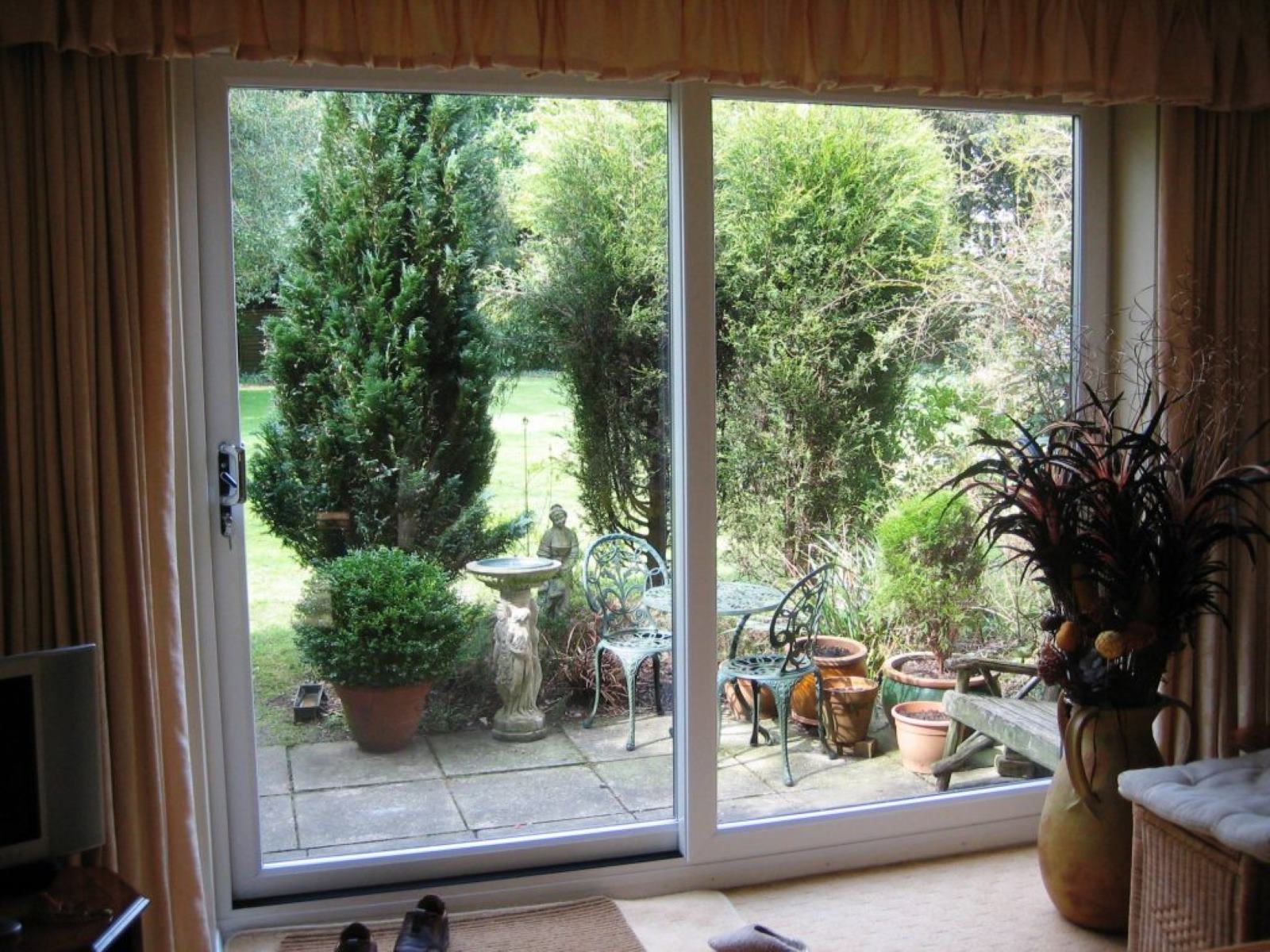
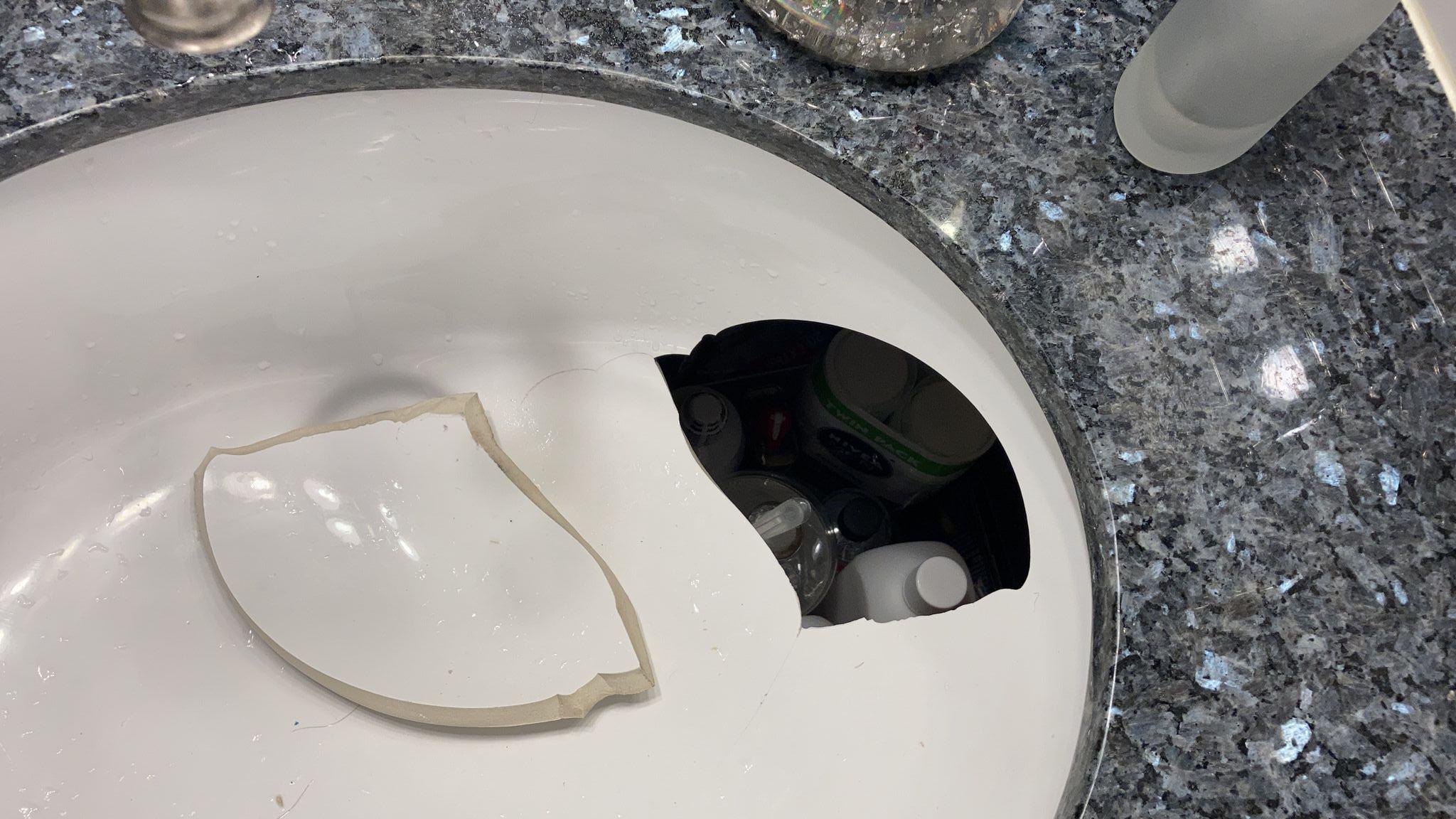

0 thoughts on “How To Seal Cracked Glass”